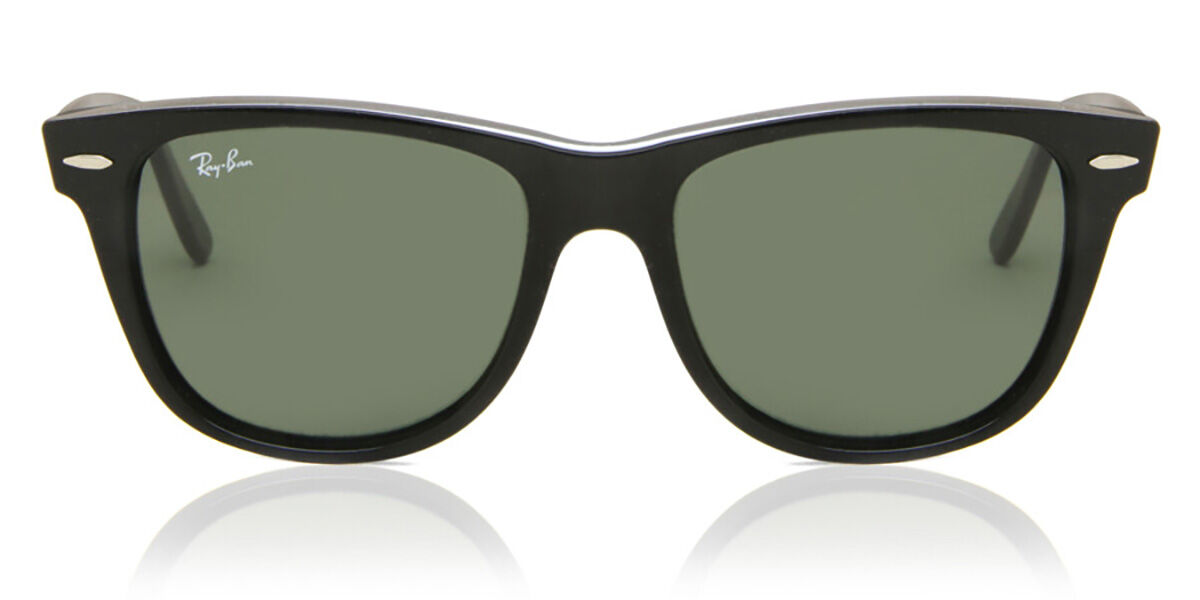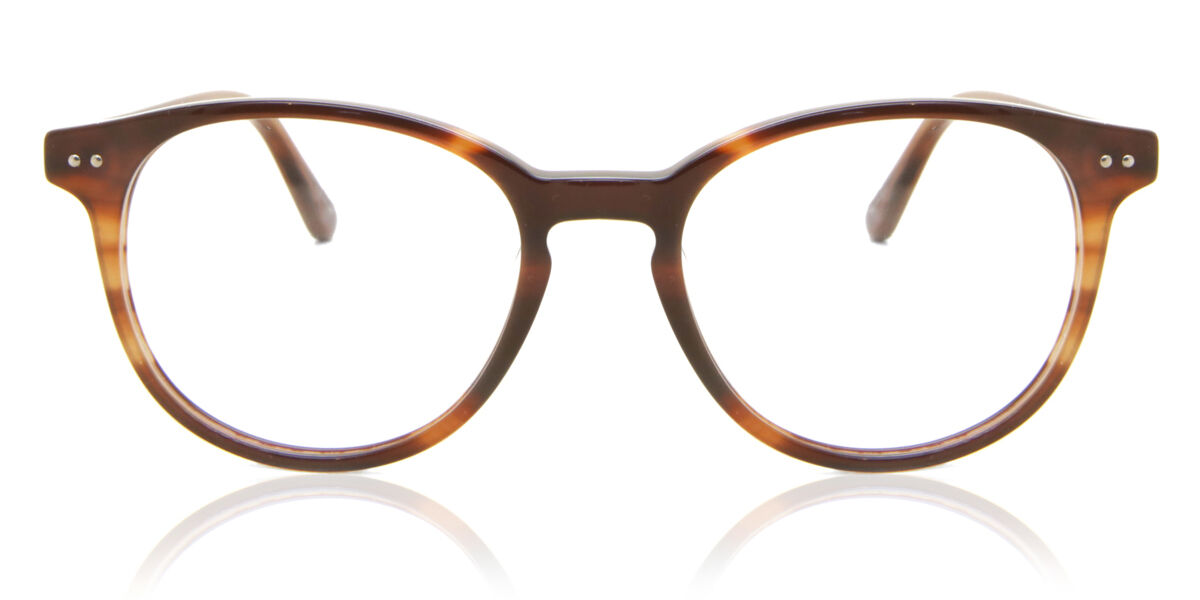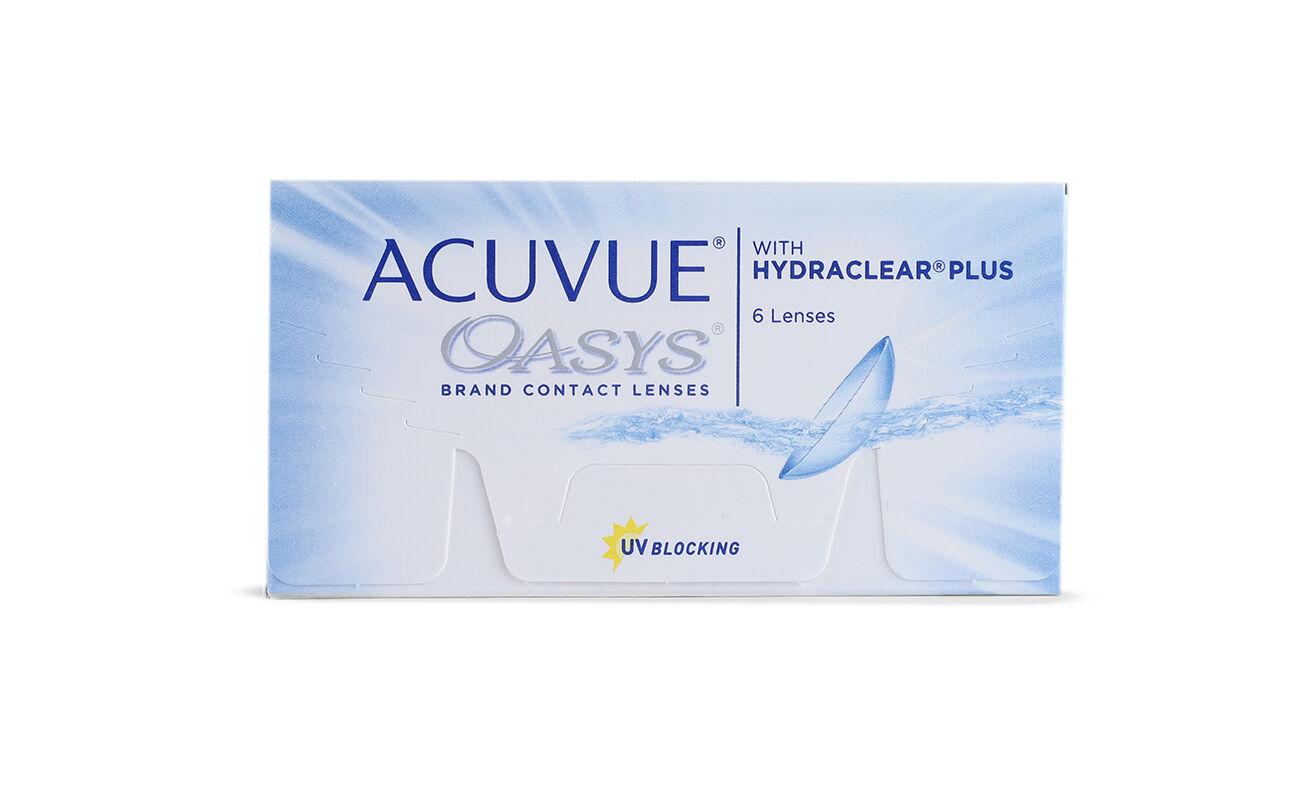
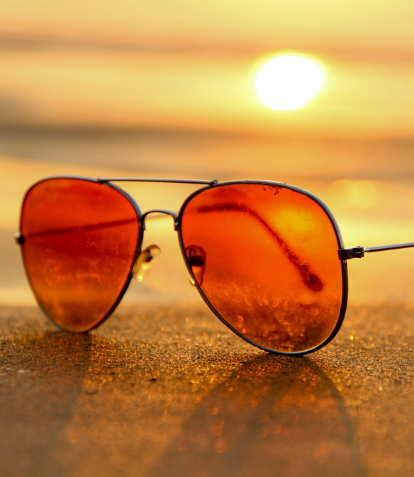
Why Serengeti Lenses Stand Out Above the Rest
Founded in 1985, Serengeti revolutionised the market for driving sunglasses and became the pioneer in providing precision eyewear for drivers. Serengeti is Aston Martin’s sole supplier of driving sunglasses, and they are often praised for making the driving experience more positive.
As one of the most innovative eyewear companies, Serengeti lenses incorporate three industry-defining technologies into their ultra-high-performance lenses: photochromic technology, Spectral Control®, and polarisation. As a result, Serengeti sunglasses and Serengeti prescription sunglasses are always at the cutting edge of innovation and quality.

Who makes Serengeti lenses?
Corning is the company that created the brand. Due to poor financial performance, Corning considered closing Serengeti in 1984. However, fortunately, the brand was saved and sales increased from $5 million in 1985 to $62 million in 1992 with only fifty-two employees. In September 2000, Bushnell purchased the Serengeti lenses brand. Vista Outdoor’s acquisition of Bushnell in 2013 included Bollé, Cébé, and Serengeti.
Now, Bollé Brands is the owner of Serengeti lenses and sunglasses. Bollé Brands is a company that manufactures, markets, and distributes sunglasses, goggles, safety glasses, and ski and bicycle helmets. The company is headquartered in Lyon, France, and they own the brands Bollé, Bollé Safety, Cébé, H2Optix, Spy Optic, and Serengeti.
Serengeti lenses technology
No other sunglasses company can successfully incorporate three industry-leading technologies into a single ultra-high-performance lens. That being said, creativity has always been a part of Serengeti, so it should come as no surprise that Serengeti lenses stand out for their groundbreaking innovation. The lenses are unique, with gradually adapting photochromic lenses, natural colour-enhancing, blue-light blocking Spectral Control® technology, and glare-reducing polarisation.
Photochromic

Each Serengeti lens incorporates photochromic technology at the molecular level. The Serengeti photochromic lenses automatically adjust to changing light conditions. When molecules in the Serengeti lenses are exposed to UV light, they darken and provide protection from the sun’s rays and reduce eye strain.
When light levels fall below a certain threshold, the molecules revert to their natural state and become transparent. Photochromic lenses only react when they are directly exposed to UV light, so they will remain clear at work or at home. As a result, Serengeti lenses provide exceptional vision and UV ray protection in all circumstances.
Spectral control
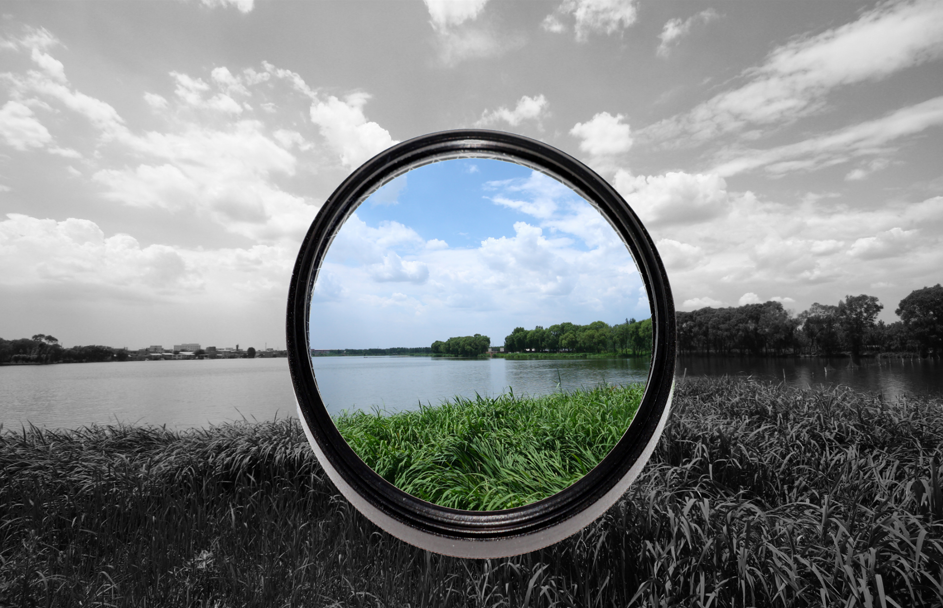
Blue light occurs naturally and balances our biological clock. Nonetheless, it is a significant risk factor for age-related deteriorating vision, especially with the increased use of digital devices that emit harmful light. Only natural blue light passes through with Spectral Control® Technology, which filters up to 96% of damaging blue light.
Serengeti sunglasses lenses with Spectral Control® also work as a visual equalizer to improve contrast and perception to achieve the optimal combination of colours in all lighting conditions. They selectively control light wavelengths, by distinguishing reds, greens, and yellows like no other lens on the market. Landscapes that may appear dull become distinct, colourful, and brilliant, all while keeping your eyes at ease.
Polarisation
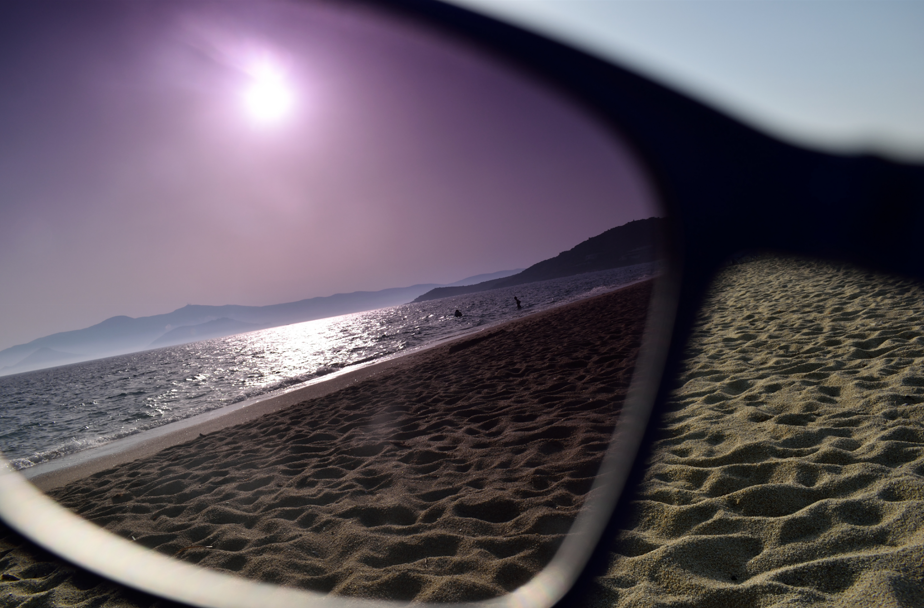
Last but not least, Serengeti lenses employ polarisation as its third technology. Serengeti believes that you should always be covered with polarised sunglasses, whether you are in a situation with a little or a lot of glare.
These creative Serengeti lenses let you see clearly in bright sunlight while also protecting your eyes from dangerous UV radiation. Glare reflected from roads, water, or snow will no longer be an issue thanks to the technology in each pair. You can finally appreciate your day wherever you are, free of glare and with great clarity.
Do Serengeti glasses have glass lenses?
Serengeti is known for paying close attention to the materials they use to ensure that your eyes are protected and that you have the sharpest vision possible. Every process and component is rigorously tested to provide the best quality and protection, from the finest and most advanced raw materials to the most cutting-edge lens coatings.
Although some lenses are plastic, many Sernegti lenses use mineral glass. Natural ingredients such as sand and soda ash are used to make mineral glass. It’s infinitely recyclable and completely safe for both humans and animals. Its optical clarity, scratch resistance, and low distortion make it one of the best lens materials on the market.
How do you clean Serengeti sunglasses?

If you want your Serengeti lenses to protect you for as long as possible, you should take some steps to ensure they last. One of the most important things you can do to extend the life of your Serengeti lenses is to clean them and keep them free of dirt and debris.
Here are the do’s and dont’s for keeping Serengeti lenses in top condition:
DO:
- • Blow loose particles off the lenses.It is important to blow loose debris off of your lenses before wiping them to avoid scratched glasses.
- • Rinse with lukewarm water.Gently run your lenses under running water to loosen up any other dirt.
- • Use a glasses cleaning spray.To clean lenses and the frame, you need to use the correct product.
- • Clean with an optical lens cloth.After rinsing, wipe your Serengeti lenses down with a microfibre cloth.
DON’T :
- • Use aggressive products.Solvents and detergents are too aggressive for Serengeti lenses and can damage lens coatings.
- • Use your t-shirt!As tempting as it might be, using anything other than a proper optical lens cloth can damage your lenses.
Other tips:
- • Store them in their case.There is no better way to keep your Serengeti lenses protected than a good case.
- • Avoid putting them loose in a bag or pocket.They are much more likely to be exposed to potentially damaging debris.
- • Be aware of where you leave them!Very cold or hot conditions like the dashboard of a car can potentially damage the lens treatments.
Conclusion
Now that you know the options available and what would be best for you, check out how you could incorporate Serengeti lenses into your life to benefit from their advanced technology!
Why Serengeti Lenses Stand Out Above the Rest
Founded in 1985, Serengeti revolutionised the market for driving sunglasses and became the pioneer in providing precision eyewear for drivers. Serengeti is Aston Martin’s sole supplier of driving sunglasses, and they are often praised for making the driving experience more positive.
As one of the most innovative eyewear companies, Serengeti lenses incorporate three industry-defining technologies into their ultra-high-performance lenses: photochromic technology, Spectral Control®, and polarisation. As a result, Serengeti sunglasses and Serengeti prescription sunglasses are always at the cutting edge of innovation and quality.

Who makes Serengeti lenses?
Corning is the company that created the brand. Due to poor financial performance, Corning considered closing Serengeti in 1984. However, fortunately, the brand was saved and sales increased from $5 million in 1985 to $62 million in 1992 with only fifty-two employees. In September 2000, Bushnell purchased the Serengeti lenses brand. Vista Outdoor’s acquisition of Bushnell in 2013 included Bollé, Cébé, and Serengeti.
Now, Bollé Brands is the owner of Serengeti lenses and sunglasses. Bollé Brands is a company that manufactures, markets, and distributes sunglasses, goggles, safety glasses, and ski and bicycle helmets. The company is headquartered in Lyon, France, and they own the brands Bollé, Bollé Safety, Cébé, H2Optix, Spy Optic, and Serengeti.
Serengeti lenses technology
No other sunglasses company can successfully incorporate three industry-leading technologies into a single ultra-high-performance lens. That being said, creativity has always been a part of Serengeti, so it should come as no surprise that Serengeti lenses stand out for their groundbreaking innovation. The lenses are unique, with gradually adapting photochromic lenses, natural colour-enhancing, blue-light blocking Spectral Control® technology, and glare-reducing polarisation.
Photochromic

Each Serengeti lens incorporates photochromic technology at the molecular level. The Serengeti photochromic lenses automatically adjust to changing light conditions. When molecules in the Serengeti lenses are exposed to UV light, they darken and provide protection from the sun’s rays and reduce eye strain.
When light levels fall below a certain threshold, the molecules revert to their natural state and become transparent. Photochromic lenses only react when they are directly exposed to UV light, so they will remain clear at work or at home. As a result, Serengeti lenses provide exceptional vision and UV ray protection in all circumstances.
Spectral control

Blue light occurs naturally and balances our biological clock. Nonetheless, it is a significant risk factor for age-related deteriorating vision, especially with the increased use of digital devices that emit harmful light. Only natural blue light passes through with Spectral Control® Technology, which filters up to 96% of damaging blue light.
Serengeti sunglasses lenses with Spectral Control® also work as a visual equalizer to improve contrast and perception to achieve the optimal combination of colours in all lighting conditions. They selectively control light wavelengths, by distinguishing reds, greens, and yellows like no other lens on the market. Landscapes that may appear dull become distinct, colourful, and brilliant, all while keeping your eyes at ease.
Polarisation

Last but not least, Serengeti lenses employ polarisation as its third technology. Serengeti believes that you should always be covered with polarised sunglasses, whether you are in a situation with a little or a lot of glare.
These creative Serengeti lenses let you see clearly in bright sunlight while also protecting your eyes from dangerous UV radiation. Glare reflected from roads, water, or snow will no longer be an issue thanks to the technology in each pair. You can finally appreciate your day wherever you are, free of glare and with great clarity.
Do Serengeti glasses have glass lenses?
Serengeti is known for paying close attention to the materials they use to ensure that your eyes are protected and that you have the sharpest vision possible. Every process and component is rigorously tested to provide the best quality and protection, from the finest and most advanced raw materials to the most cutting-edge lens coatings.
Although some lenses are plastic, many Sernegti lenses use mineral glass. Natural ingredients such as sand and soda ash are used to make mineral glass. It’s infinitely recyclable and completely safe for both humans and animals. Its optical clarity, scratch resistance, and low distortion make it one of the best lens materials on the market.
How do you clean Serengeti sunglasses?

If you want your Serengeti lenses to protect you for as long as possible, you should take some steps to ensure they last. One of the most important things you can do to extend the life of your Serengeti lenses is to clean them and keep them free of dirt and debris.
Here are the do’s and dont’s for keeping Serengeti lenses in top condition:
DO:
- Blow loose particles off the lenses.It is important to blow loose debris off of your lenses before wiping them to avoid scratched glasses.
- Rinse with lukewarm water.Gently run your lenses under running water to loosen up any other dirt.
- Use a glasses cleaning spray.To clean lenses and the frame, you need to use the correct product.
- Clean with an optical lens cloth.After rinsing, wipe your Serengeti lenses down with a microfibre cloth.
DON’T :
- Use aggressive products.Solvents and detergents are too aggressive for Serengeti lenses and can damage lens coatings.
- Use your t-shirt!As tempting as it might be, using anything other than a proper optical lens cloth can damage your lenses.
Other tips:
- Store them in their case.There is no better way to keep your Serengeti lenses protected than a good case.
- Avoid putting them loose in a bag or pocket.They are much more likely to be exposed to potentially damaging debris.
- Be aware of where you leave them!Very cold or hot conditions like the dashboard of a car can potentially damage the lens treatments.
Conclusion
Now that you know the options available and what would be best for you, check out how you could incorporate Serengeti lenses into your life to benefit from their advanced technology!





































